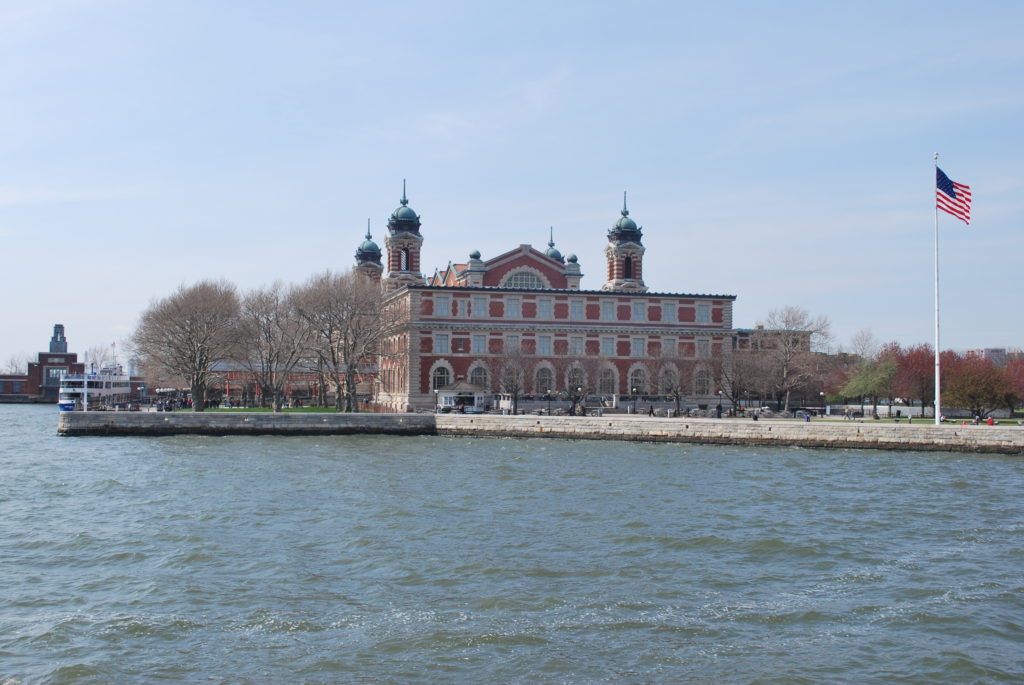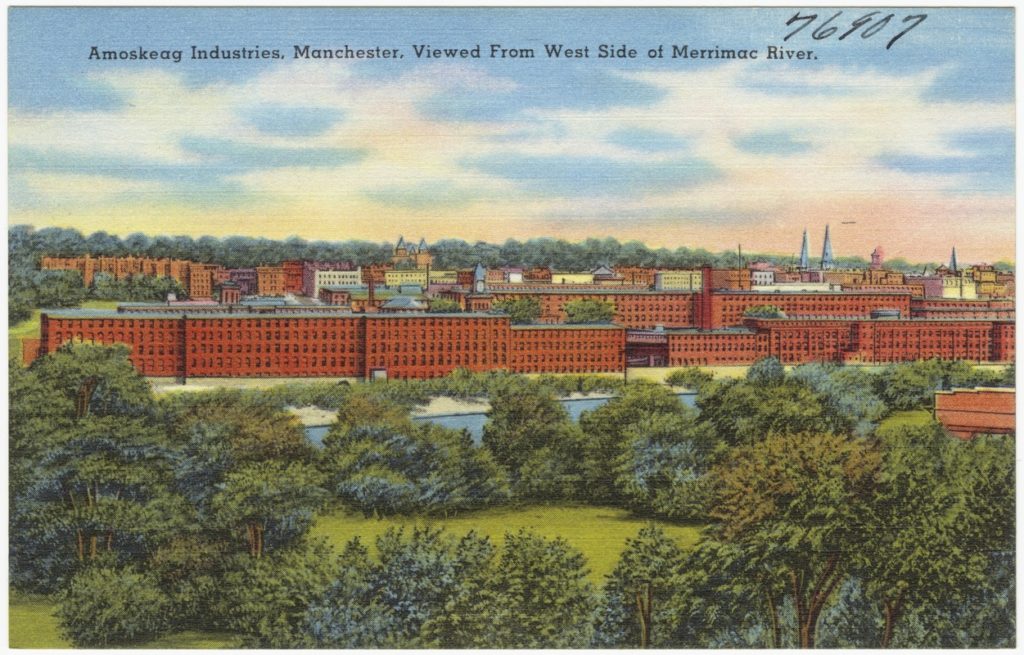In the last twenty years, the emergence of transnational and borderlands history has profited many areas of historical research. Scholars have increasingly challenged portrayals of borders as immutable markers of national identity. The new approaches have helped us to better recognize the fluidity of identities across borders and, often, in spite of borders.
But, as I have noted elsewhere, as long as secondary and undergraduate education uses contemporary borders to frame historical narratives, teachers will need to connect minority groups to those standard narratives. Outside of specialized courses, this should be of prime concern to scholars of Franco-American studies, a field that does stand to gain from the transnational and borderlands approaches.
From a national perspective, French-Canadian emigration had a significant impact on Quebec’s domestic policies, economic development, and collective psychology. Similarly, these expatriates were of distinct consequence to the modern United States. They altered the cultural and institutional landscape of the Catholic Church and the urban geography of the Northeast. They nourished national debates regarding immigration, assimilation, and the “national character” of the United States. Their presence was felt in labor, politics, popular culture, and more.
Last month, I had the opportunity to make that case, in a very small way, in a survey course on the United States from 1861 to 1941. Considering the many themes we had to cover and the little time at our disposal, this was no opportunity to cover Franco-American history in any great depth—but, then, that is the point of the history survey. The idea is to get students acquainted with the broad outline of the country’s history, paying attention to the major events and currents that made American society what it is today.

I eagerly placed immigrant French Canadians on my students’ radar—but not simply for the sake of memorializing them. I turned to Franco-Americans to complicate a view of immigration centered on Ellis Island. We were able to make connections between the experiences of French Canadians and other migrant groups and to consider what forces molded their acculturation. At last, by bringing Francos into the survey, I led students to bigger questions about challenges facing immigrants, including living and working conditions and nativism.
To prepare students for our first discussion on immigration, I assigned four documents: a prospectus distributed to lure potential Eastern European migrants to the American West; a female Chinese immigrant’s prostitution contract; an oral interview of Henry Lemay from WPA histories collected in the 1930s; and a report of the Massachusetts Bureau of Labor Statistics on living conditions in immigrant neighborhoods.
For our second day, we focused more intently on two additional texts: an oft-cited New York Times article from June 1892, which reflected anti-French-Canadian prejudice, and a Chinese report on the Rock Springs Massacre in Wyoming. (Links to all of these documents appear below.)
Our discussion-based learning environment meant that I could step back and let students develop their own historical interpretation. As they voiced their initial impressions of the documents, I better understood what I have come to take for granted. I was indeed seeing these texts through new eyes.[1]

The first point that arose in connection with Francos concerned religion. It is telling of its place in the U.S. history survey that most students had not encountered religion since they had discussed the Reformation and the Puritans in the prior course. Mine were, on this occasion, surprised that Catholicism was still an issue centuries later. To many millennials, religious distinctions among Christians are superficial: the attack on Franco-Americans published in the New York Times enabled us to take religion seriously and consider the cultural foundations of anti-immigrant feelings. While referring to other documents, we discussed whether “anti-French” rhetoric was driven primarily by culture or economics. To scholars this may be a far too simple dichotomy; to high school students, it at least served the purpose of seeking out textual evidence for each side.
Having read Lemay’s narrative first, my student easily dismissed the New York Times piece. Some clearly identified this nativism with a similarly alarmist rhetoric that has been all too present in recent times. Evidently there was a great disparity between the day-to-day life of Franco-Americans and the evil designs attributed to them.
This led us to a bigger question. Perhaps because they have a French-Canadian instructor who is in many respects American, my students expressed surprise that Francos faced nativism at all. But why should that be more surprising that the violence unleashed against Chinese migrants? Well, these Francos were white; the Chinese miners were, in our contemporary usage, “visible minorities,” and students have a mental image of the fate that has historically awaited such groups in the United States. The case of Henry Lemay shows that Franco-Americans could, and did, acculturate; they could become American success stories in ways that would remain beyond the reach of other groups for some time to come. Clearly, as my students and I concluded, there were different brands of nativism.
I have since had the pleasure of reading student papers on the bigger themes of this U.S. history course. While building an overarching argument on the late nineteenth century, many referred explicitly to the case of the French Canadians. Some students drew attention to the living and working conditions of immigrants, others connected the Canadians to bigger questions facing the American working class. But all did something that scholars of Franco-American history should notice: they asserted the larger historical significance of a minority group that is too easily overlooked.
There are countless other ways of integrating Franco-Americans in the mainstream U.S. history curriculum (as there are in the Canadian history curriculum). I could have provided documents that address nineteenth-century child labor, or brought texts on the French Canadians who broke strikes during the open-shop struggle of the 1920s. Or why not cite a Franco-American’s rationale for supporting John F. Kennedy in 1960, or discuss this group as evidence of a “white ethnic revival” in the 1970s?
There are perceptive scholars who engage in debates in hopes of bending the lines of scholarship, hoping that their work will seep into textbooks and public history endeavors. That work must continue. But teachers must not rely exclusively on the textbooks with which they are provided. Franco-Americans, significant in many respects, offer an opportunity to enrich our view of U.S. history and we may hope that more teachers will feel inspired to bring this fascinating group into the national survey.
[1] This is partly because few of my pupils are from New England, where most French-Canadian immigrants settled. Some are international students who come from as far away as Hong Kong. They are more likely to be called Henderson, Li, and Menendez than Mahoney, Panorese, and Rheault.
Leave a Reply